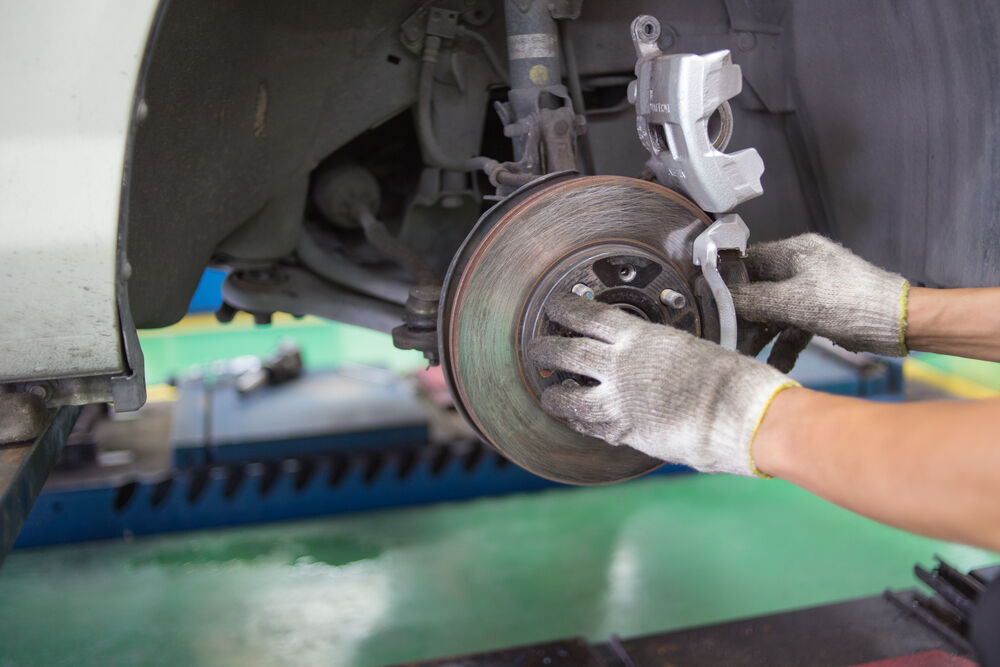Have you ever faced the challenge of replacing a wheel hub bearing? This crucial component ensures smooth wheel rotation and safe driving. In this blog, we will provide step-by-step instructions for wheel hub bearing replacement, emphasizing how Hangzhou Hongtu’s specialized tools ensure precision and safety during the process.

Why Is Wheel Hub Bearing Replacement Important?
Wheel hub bearings are essential for the proper functioning of your vehicle's wheels. They allow the wheels to rotate smoothly while supporting the weight of the vehicle.
Importance of Regular Maintenance
- Safety: Worn or damaged bearings can lead to wheel failure, posing serious safety risks while driving.
- Performance: Properly functioning bearings improve handling and ride quality.
- Cost Efficiency: Regular maintenance can prevent more expensive repairs down the line.
What Tools Do You Need for Wheel Hub Bearing Replacement?
Using the right tools is crucial for a successful wheel hub bearing replacement. Here are some specialized tools from Hangzhou Hongtu that will help you perform this task efficiently:
Hub Puller
A hub puller is essential for safely removing the hub from the axle without damaging surrounding components.
Torque Wrench
A torque wrench ensures that all bolts are tightened to the manufacturer’s specifications, preventing future issues related to loose or overtightened fasteners.
Bearing Press
Using a bearing press allows you to install new bearings accurately, ensuring they fit snugly without damage.
Hangzhou Hongtu’s Tool Kit
Our comprehensive tool kit includes everything needed for wheel hub bearing replacement, designed for durability and ease of use in professional settings.
Step-by-Step Guide to Replacing Wheel Hub Bearings
Follow these steps to effectively replace your wheel hub bearings using Hangzhou Hongtu’s tools:
Step 1: Preparation
- Park your vehicle on a level surface and engage the parking brake.
- Gather all necessary tools from your Hangzhou Hongtu kit.
Step 2: Remove the Wheel
- Use a lug wrench to loosen and remove the lug nuts.
- Take off the wheel to access the hub assembly.
Step 3: Remove the Brake Caliper and Rotor
- Detach the brake caliper by removing its mounting bolts. Support it with a bungee cord or rope to avoid straining the brake line.
- Remove the brake rotor by sliding it off the hub.
Step 4: Remove the Hub Assembly
- Use a hub puller to carefully extract the hub from the axle. Ensure that you apply even pressure to avoid damaging any components.
Step 5: Remove Old Bearings
- If necessary, use a bearing press or hammer to remove old bearings from the hub assembly. Be cautious not to damage surrounding areas during this process.
Step 6: Install New Bearings
- Clean the bearing seats thoroughly before installation.
- Use a bearing press to install new bearings into the hub assembly, ensuring they are seated evenly.
Step 7: Reinstall Hub Assembly
- Position the hub assembly back onto the axle and use your torque wrench to tighten all bolts according to manufacturer specifications.
Step 8: Reassemble Brake Components
- Slide the brake rotor back onto the hub.
- Reattach the brake caliper and ensure it is securely mounted.
Step 9: Reinstall Wheel
- Place the wheel back on and hand-tighten lug nuts before lowering the vehicle.
- Once on solid ground, use your torque wrench to tighten lug nuts in a crisscross pattern for even distribution.
What Common Issues Should You Watch For?
While performing a wheel hub bearing replacement, be mindful of these common pitfalls:
Noise After Replacement
If you hear unusual noises after replacing bearings, double-check that all components are properly installed and tightened.
Uneven Tire Wear
Improper installation can lead to uneven tire wear. Monitor your tires after replacement and address any issues promptly.
Conclusion
Replacing wheel hub bearings is crucial for maintaining your vehicle's safety and performance. By following this guide and utilizing Hangzhou Hongtu’s professional tools, you can ensure precision and safety during the replacement process. Don’t wait until you experience problems—be proactive in maintaining your vehicle's wheel system!

